Nestled high in the Himalayas, Tibet is a land of dramatic landscapes, spiritual depth, and ancient traditions. Its culture, shaped by centuries of Buddhist practice, nomadic heritage, and imperial history, offers a unique lens into a civilization unlike any other. For those seeking a transformative travel experience, a Tibet cultural tour in summer is an ideal journey—one that combines vibrant festivals, monastery visits, sacred pilgrimages, and genuine encounters with local Tibetan life.
Summer, from May to September, is the best time for traveling in Tibet, thanks to its mild weather, open roads, and the calendar of religious and cultural events. Whether you’re wandering through ancient temples, watching monks debate at a monastery, or sipping yak butter tea in a family’s tent, a Tibetan summer trip is an immersive cultural exploration that awakens the soul.
In this blog post, we’ll guide you through the highlights, destinations, festivals, and experiences of a Tibet cultural tour in summer, and show you why this journey should be at the top of your travel list.
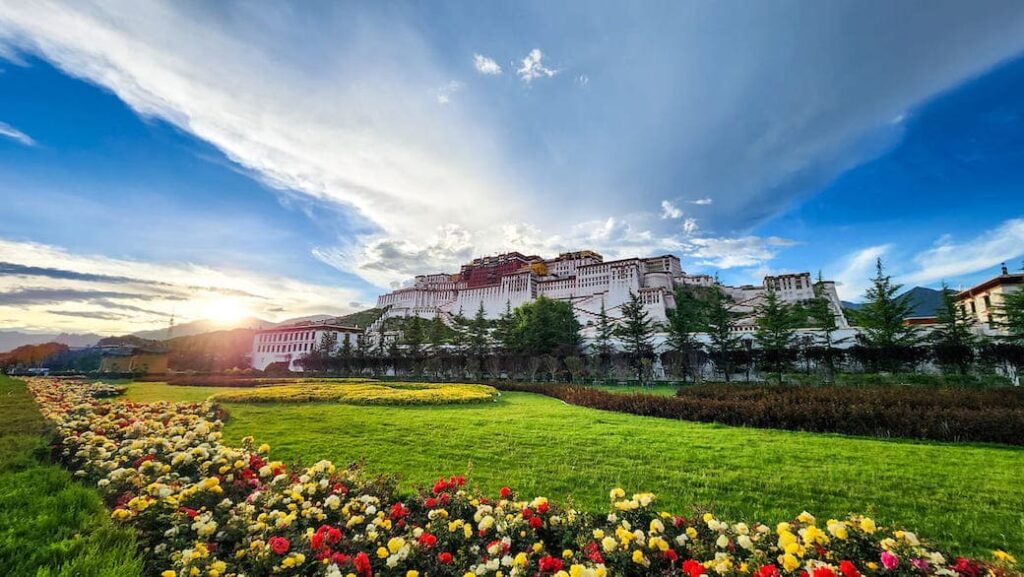
Why Choose a Tibet Cultural Tour in Summer?
A Tibet tour in summer opens up the best of the region’s weather, accessibility, and cultural vibrancy.
✅ Mild and Pleasant Weather
Summer brings warmer temperatures and clearer skies, making long drives and high-altitude visits more comfortable. Snow at high passes begins to melt, and blooming grasslands come alive with grazing yaks and wildflowers.
✅ Accessible Destinations
Many remote regions, such as Mount Kailash, Lake Namtso, and eastern Tibet, are only accessible during the summer. Roads blocked by snow in winter become open for travel.
✅ Cultural Festivals
Summer is the season of festivals in Tibet, including Saga Dawa, Shoton Festival, and Nagqu Horse Racing Festival. These are excellent opportunities to observe traditional rituals, dances, and community gatherings.
✅ Rich Pilgrimage Season
Tibetan Buddhists often undertake spiritual journeys and kora pilgrimages during summer, and it’s common to see pilgrims circling temples, prostrating on the ground, or chanting mantras.
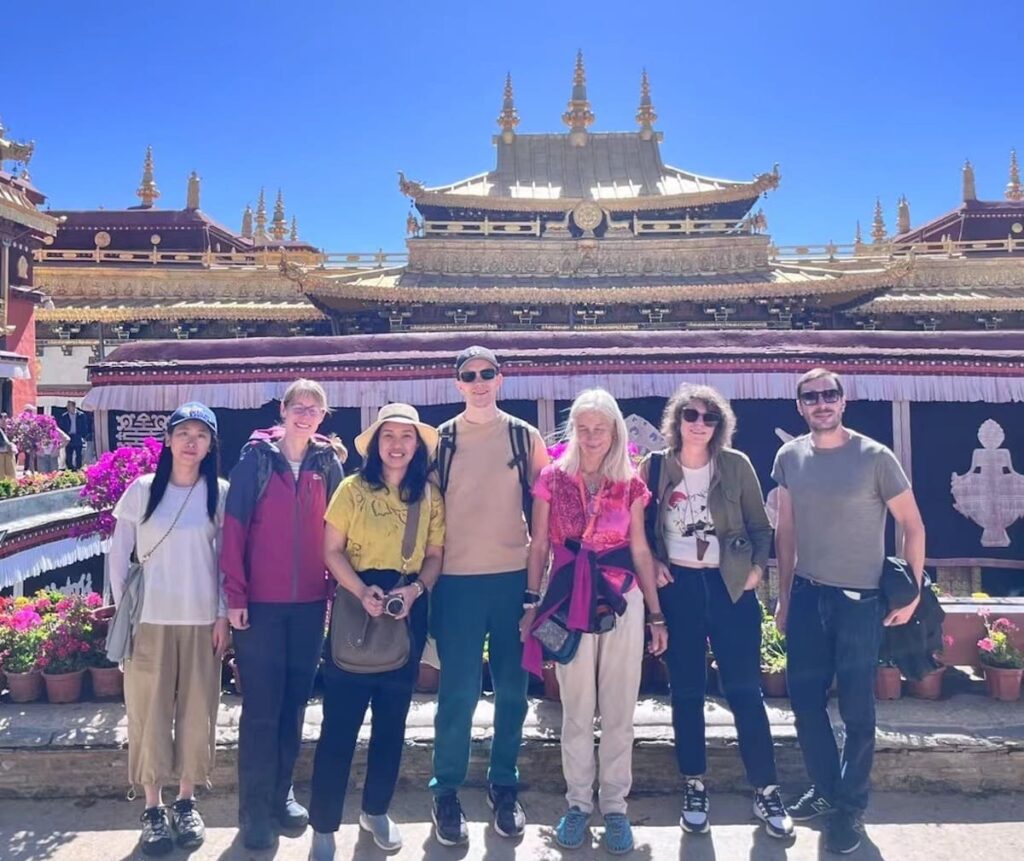
Highlights of a Tibet Cultural Tour in Summer
Let’s explore the key cultural attractions and experiences you’ll encounter while traveling in Tibet during the summer season.
1. Lhasa – The Spiritual and Cultural Capital
Every Tibet cultural tour begins in Lhasa, the soul of Tibet and home to many of its most important spiritual landmarks.
Key Cultural Sites:
• Potala Palace: The towering red-and-white fortress that was the former residence of the Dalai Lama. Its chapels, murals, and treasures tell the story of Tibetan Buddhism and royalty.
• Jokhang Temple: Tibet’s holiest site, where pilgrims prostrate around the Barkhor circuit. It houses the most revered statue of the Buddha.
• Sera and Drepung Monasteries: Historic Gelugpa monasteries where you can witness monk debates—a dynamic and philosophical form of learning.
• Norbulingka Palace: The Dalai Lama’s former summer palace and a serene garden retreat in the heart of Lhasa.
Tip: Spend at least 2–3 days in Lhasa to acclimatize and fully absorb the cultural richness.
2. Shigatse – The Seat of the Panchen Lama
After Lhasa, most Tibet cultural itineraries continue to Shigatse, the second-largest city and home of the Tashilhunpo Monastery.
Cultural Significance:
• Founded in 1447 by the first Dalai Lama, the monastery is now the seat of the Panchen Lama.
• Its giant Maitreya Buddha statue, golden stupas, and chanting monks offer profound spiritual experiences.
In summer, Shigatse’s markets are vibrant with activity, and the surrounding valleys are lush and dotted with barley fields. It’s an excellent place to engage with the agricultural life of central Tibet.
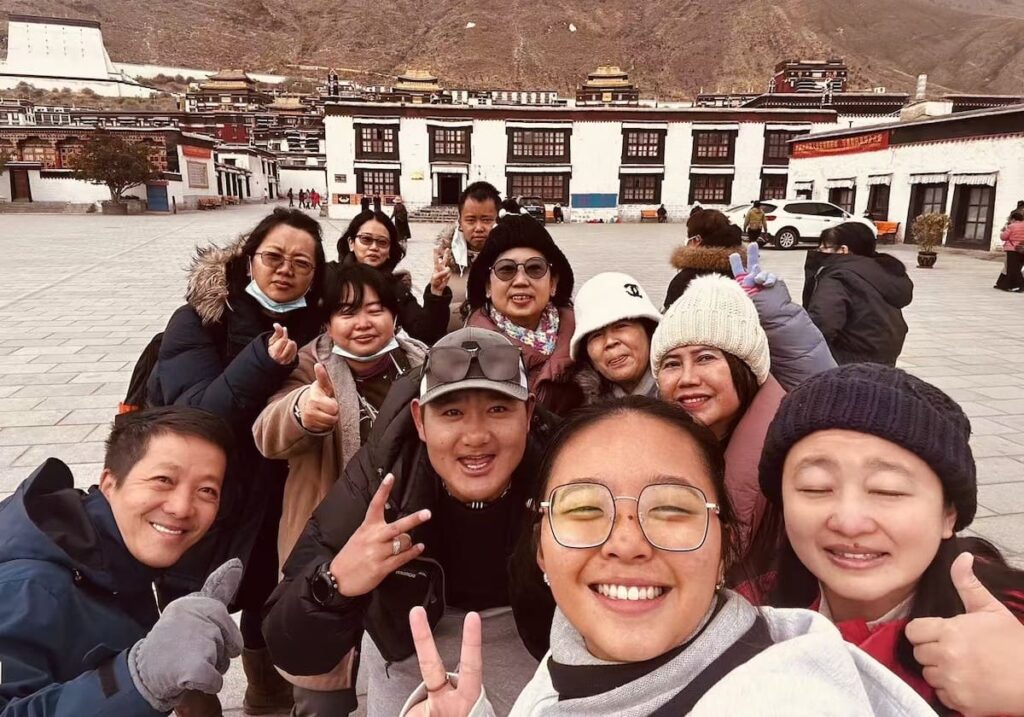
3. Gyantse – A Town Frozen in Time
Between Lhasa and Shigatse lies Gyantse, a beautifully preserved Tibetan town where time seems to have stood still.
Highlights:
• Palcho Monastery and Kumbum Stupa: An architectural wonder with 108 chapels stacked in a 9-story pagoda, each filled with murals and images from different schools of Tibetan Buddhism.
• Gyantse Dzong (Fortress): A climb to this fortress offers panoramic views of the valley and a glimpse into Tibet’s military history.
A summer visit to Gyantse means clear weather for hiking up to the fortress and wandering through quiet cobbled streets filled with traditional Tibetan homes.
4. Tibetan Festivals in Summer
Tibet’s vibrant cultural life is best seen during its summer festivals, which blend religion, performance, and social celebration.
🌕 Saga Dawa Festival (Usually in May/June)
• Celebrates the birth, enlightenment, and death of the Buddha.
• Pilgrims flock to Mount Kailash, Lhasa, and major temples to offer prayers and perform kora.
• In Lhasa, the flagpole at Tarboche near Kailash is raised in a sacred ceremony.
🎭 Shoton Festival (August)
• Also known as the Yogurt Festival.
• Begins with the unveiling of a massive Thangka painting at Drepung Monastery.
• Continues with opera performances and picnics in Norbulingka Park.
🐎 Nagqu Horse Racing Festival (Late July or August)
• Held in the vast northern grasslands.
• Features traditional horse racing, yak racing, and Tibetan wrestling.
• Nomads from across Tibet gather in colorful tents for this cultural spectacle.
Attending one of these festivals during your Tibetan summer trip adds extraordinary depth to your understanding of local traditions and social life.
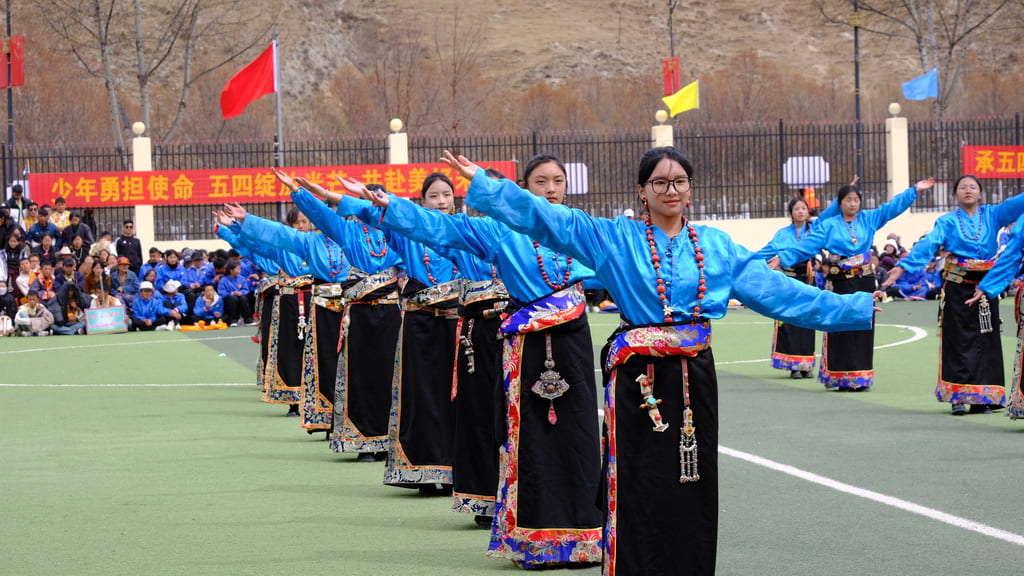
5. Trekking and Pilgrimage Circuits
For those interested in combining culture with outdoor adventure, Tibet offers numerous Tibet trekking routes that are deeply intertwined with religious practice.
Popular Cultural Treks:
• Mount Kailash Kora: A sacred 52 km pilgrimage circuit around the holy mountain, attracting pilgrims from multiple faiths.
• Ganden to Samye Trek: A 4–5 day cultural trek between two of Tibet’s most important monasteries, crossing high passes and visiting remote hermitages.
• Namtso Lake and Tashi Dor Monastery: Explore the sacred lake and interact with nomads in their summer tents.
Trekking in summer allows for comfortable weather and green pastures, with plenty of chances to meet locals and observe religious rites in action.

6. Monasteries and Nomadic Culture
One of the greatest rewards of traveling in Tibet is spending time in monasteries and with Tibetan nomads.
Monastery Experiences:
• Join a morning chant or butter lamp offering ceremony.
• Talk with young monks learning scriptures and debating logic.
• Visit the art workshops where thangka paintings and sand mandalas are created.
Nomadic Encounters:
• In summer, many nomadic families live in yak wool tents on alpine pastures.
• You may be invited for yak butter tea, fresh yogurt, or tsampa.
• Learn about traditional livestock herding, Tibetan medicine, and family customs.
These intimate encounters with Tibetan daily life are among the most memorable parts of any Tibet cultural tour.
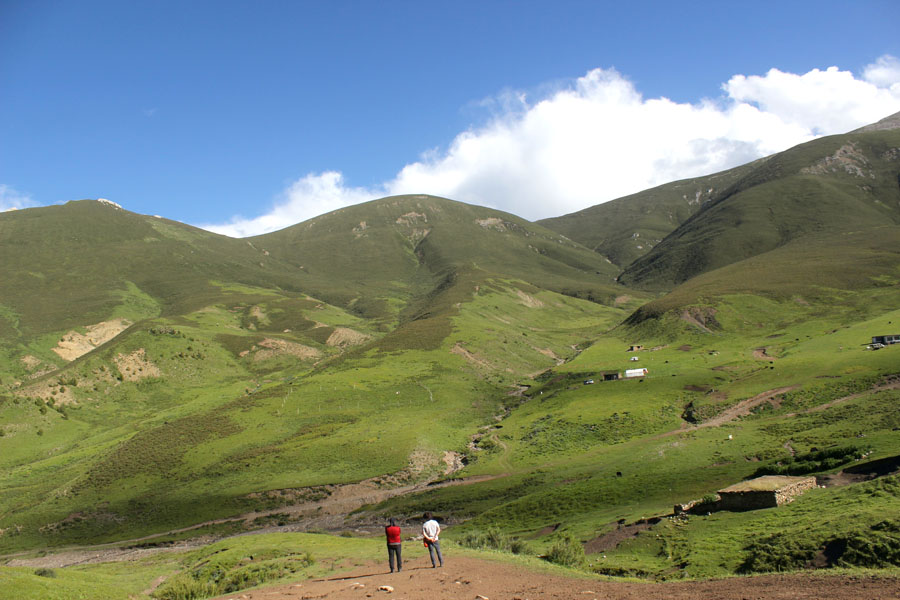
7. Eastern Tibet: Kham and Amdo Regions
If time allows, explore Eastern Tibet, home to vibrant local cultures and lesser-known monasteries.
Highlights of Kham and Amdo:
• Labrang Monastery (Gansu): One of the six great monasteries of the Gelug school.
• Litang and Ganzi (Sichuan): High-altitude towns with rich horse racing traditions.
• Yarchen Gar and Larung Gar: Giant monastic academies housing thousands of monks and nuns.
In summer, these regions are in full bloom with wildflowers and cultural activity, perfect for deeper Tibetan summer trip experiences beyond the usual routes.
Travel Tips for Your Tibet Cultural Tour in Summer
🛂 Permits and Visas
• You’ll need a Chinese visa, plus a Tibet Travel Permit issued by the Tibet Tourism Bureau.
• Additional permits are required for places like Mount Kailash or Nyingchi.
• Work with a certified Tibet travel agency to arrange your permits and guide.
🧳 What to Pack
• Layered clothing: Warm for high altitudes, lighter for Lhasa
• Sun protection: Sunscreen, sunglasses, hat
• Walking shoes or light hiking boots
• Personal medication and high-altitude sickness remedies
• Travel journal or sketchbook to document cultural moments
🗣️ Language and Etiquette
• Learn a few Tibetan phrases: “Tashi Delek” (hello), “Thuk-je-che” (thank you)
• Always walk clockwise around temples and stupas
• Dress modestly, especially in monasteries
• Ask permission before photographing people
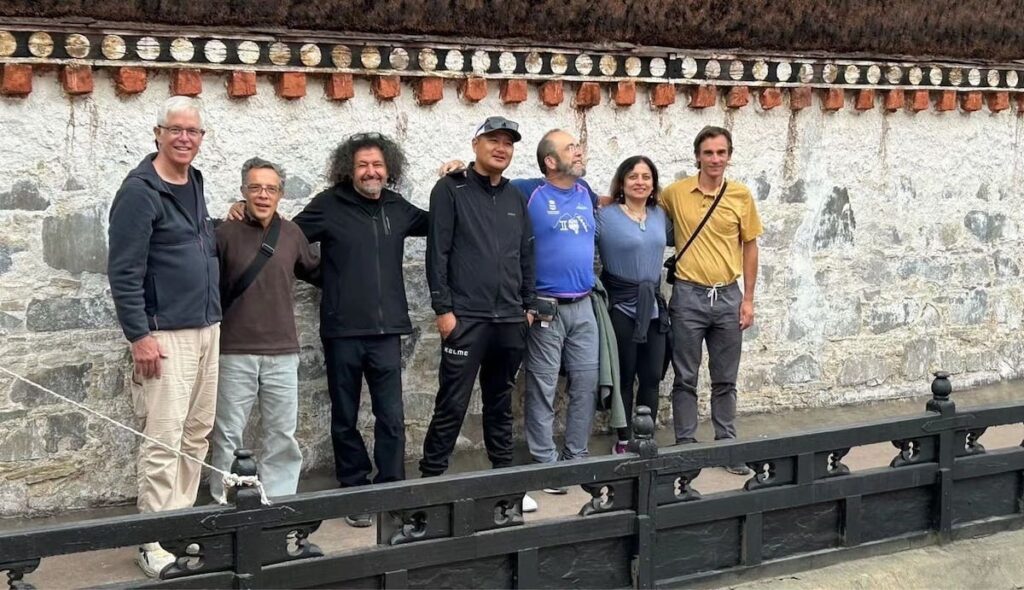
Responsible Tourism in Tibet
Cultural sensitivity and respect are vital while traveling in Tibet:
• Be respectful of religious customs and sacred spaces.
• Support local artisans by buying handicrafts directly from communities.
• Limit single-use plastics and reduce waste in fragile environments.
• Choose travel agencies that prioritize sustainability and ethical engagement.
Traveling responsibly ensures your presence contributes positively to the places and people you visit.
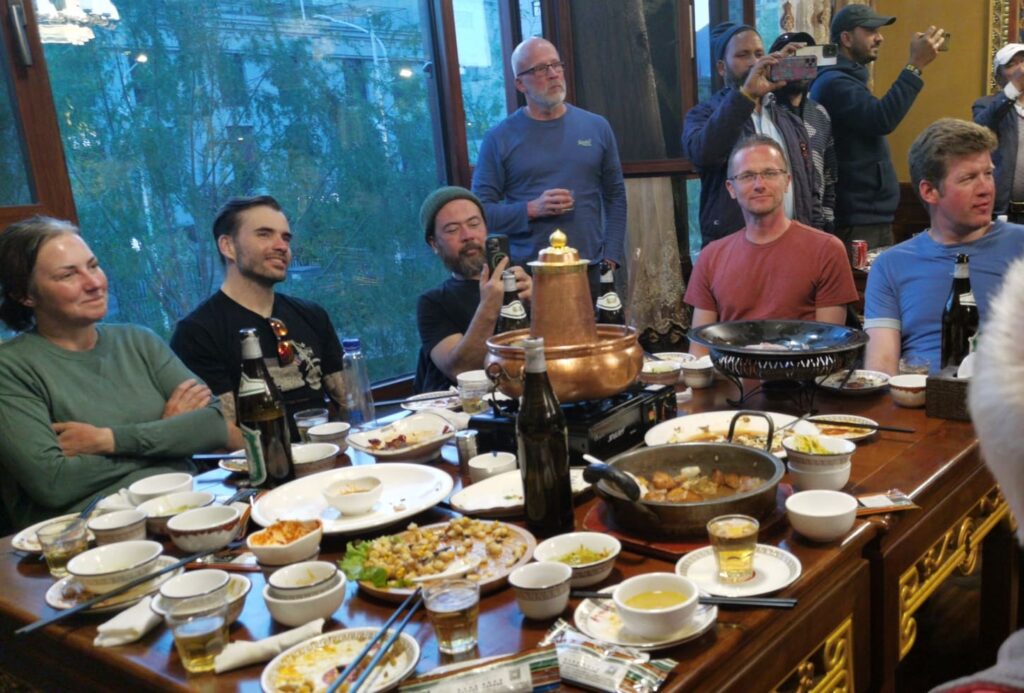
Tibet Cultural Tour Itinerary (12 Days)
Day 1–3: Lhasa – Potala Palace, Jokhang, Drepung, and Barkhor Street
Day 4: Lhasa to Gyantse via Yamdrok Lake
Day 5: Explore Gyantse – Kumbum and Dzong
Day 6: Gyantse to Shigatse – Visit Tashilhunpo
Day 7: Shigatse to Sakya Monastery
Day 8–9: Visit nomadic areas or attend a local festival
Day 10: Return to Lhasa
Day 11: Shoton Festival or opera performance
Day 12: Depart from Lhasa
Conclusion
A Tibet cultural tour in summer is an invitation to step into a world where spirituality, tradition, and natural beauty exist in perfect harmony. Whether you’re lighting butter lamps in a monastery, trekking beside pilgrims on a sacred trail, or sharing laughter with nomads in their summer camps, your journey through Tibet will be one of profound discovery.
Summer is when Tibet opens up—its festivals blossom, the landscape breathes life, and its people welcome visitors with open hearts. A Tibetan summer trip is not just about places; it’s about stories, connections, and unforgettable moments.
So, if you’re seeking more than just a vacation—if you’re searching for depth, meaning, and wonder—then traveling in Tibet this summer may be the life-changing adventure you’ve been waiting for.
